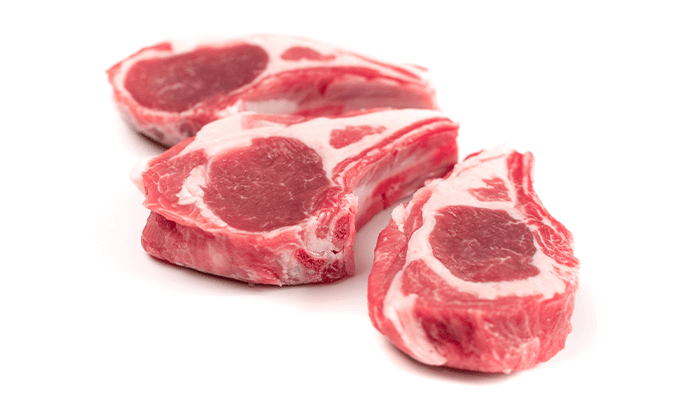Species Determination Analysis in Meat and Meat Products
Species Analysis in Meat and Meat Products The adulteration of meat is always a concern in the meat market for various reasons such as human health, religious factors and competition. Consumers are tried to be protected from malicious practices by identifying animal species quickly, precisely and specifically.A wide variety of analytical test methods based on anatomical, histological, microscopic, chemical, chromatographic or immunological principles are used to determine meat types. However, these methods have started to be replaced by DNA-based molecular methods. In recent years, methods based on polymerase chain reaction have been used as useful tools to identify types of meat and meat products. These methods have high specificity and sensitivity, fast processing times and low costs.
Increasing meat prices as well as decreasing meat availability cause some meat producing companies to commit adultery. One of the widely spread processes in this regard is the replacement of expensive meat with a cheaper or less valuable meat. Therefore, consumers must be protected from malicious attempts. To detect such fraudulent meat adulteration practices, simple, accurate, real, precise and sensitive analysis methods for the identification of meat types are needed. With the developments in the analytical methods used, the originality and accuracy of the detection methods are also increasing. For this reason, new methods based on molecular approach have been applied in recent years.
The DNA-based molecular methods developed are unique and reliable methods for the identification of meat species due to the stability of DNA at high temperatures, its presence in most cells, and its structure.


